Thermostats are devices which control a heating or cooling system. Typically, a thermostat is programmed to what is known as a set point which is triggered when the temperature of a designated location reaches a particular degree. This is often utilized in applications such as ambient air control. Read More…
Kelvin Technologies is a quality thermocouple manufacturer, representative and distributor for all your electrical heating, controlling and sensing requirements. We are located in Mississauga in the heart of the industrial sector. Our knowledgeable sales staff are capable of delivering electrical industrial heaters, standard and custom designed sensors, microprocessor-based controls,...
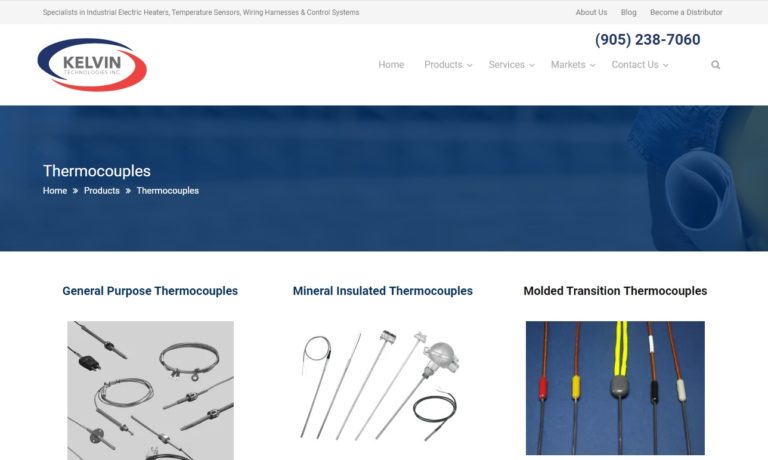
For more than 70 years, Ulanet™ has been engineering and manufacturing electric heaters, cartridge heaters, immersion heaters, tubular heaters, miniature strip heaters and bolt hole heaters, as well as industrial heaters and appliance thermostats and thermal time-delay relays.
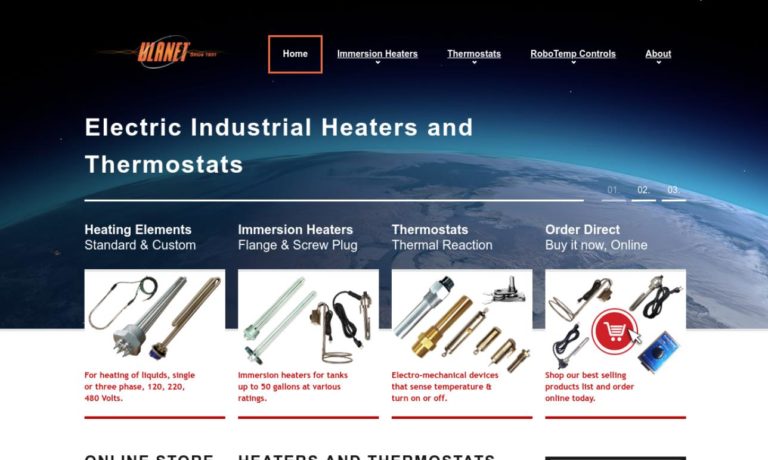
More Thermostat Manufacturers
Thermostats are generally categorized as either mechanical, electrical, and programmable. As the name suggests, mechanical thermostats can sense the temperature through mechanical means and are designed with different configurations. Mechanical thermostats are not used much today as they were commonly manufactured with mercury. Another disadvantage of mechanical thermostats is they not able to alternated between heating and cooling automatically.
Electronic/digital models have a LCD display which allows the user to create the set point. Most types of digital thermostats are not necessarily programmable thermostats and are designed for specifically single-stage or multiple-stage heating/cooling. Digital thermostats have no moving components and use
thermistors or semiconductor systems. Programmable thermostats are equipped with the most number of features and utilizes a built-in clock as well as memory to process all of the possible functions.
One design of thermostat is known as bimetallic switching thermostat which has the ability to determine air temperature by using differential expansion of two different metal components. These systems will automatically switch on when the temperature drops below the set point and then will switch off when the temperature rises above a determined value.

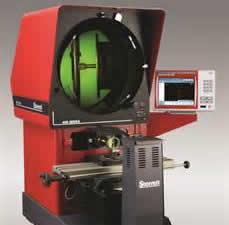 Calibration Services
Calibration Services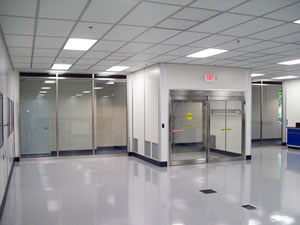 Clean Rooms
Clean Rooms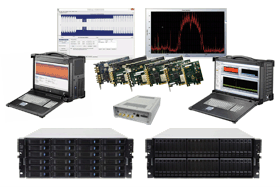 Data Acquisition Systems
Data Acquisition Systems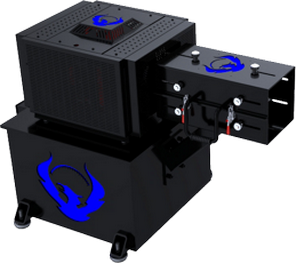 Dynamometers
Dynamometers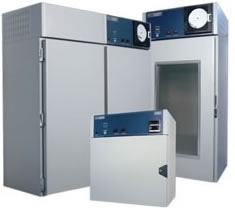 Environmental Test Chamber
Environmental Test Chamber Leak Detectors
Leak Detectors Load Cells
Load Cells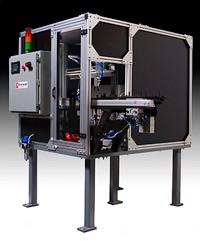 Machine Vision Systems
Machine Vision Systems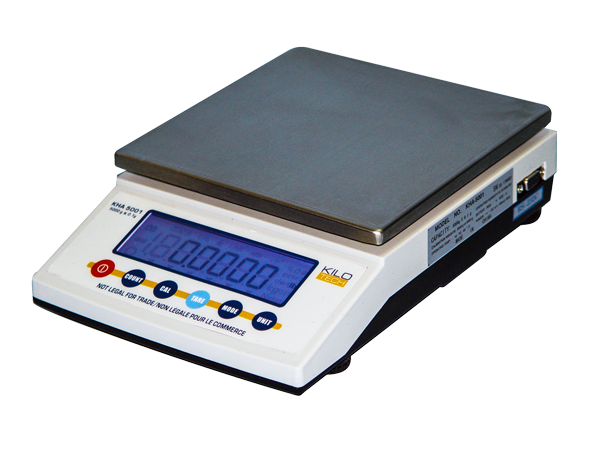 Scales
Scales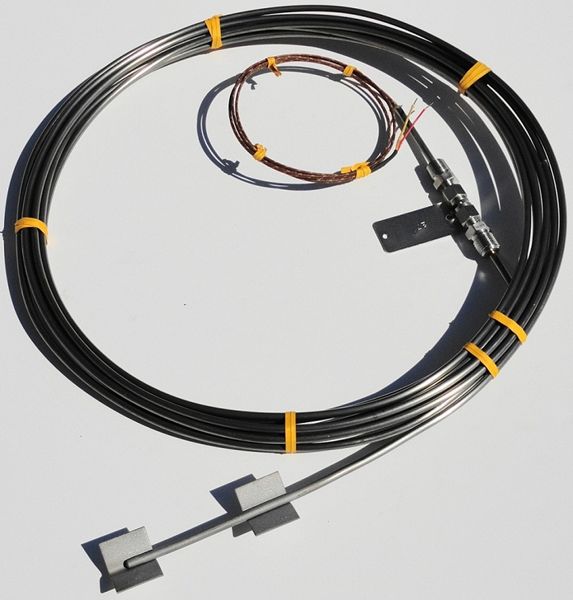 Thermocouples
Thermocouples Castings & Forgings
Castings & Forgings Bulk Material Handling
Bulk Material Handling Electrical & Electronic Components
Electrical & Electronic Components Flow Instrumentation
Flow Instrumentation Hardware
Hardware Material Handling Equipment
Material Handling Equipment Metal Cutting Services
Metal Cutting Services Metal Forming Services
Metal Forming Services Metal Suppliers
Metal Suppliers Motion Control Products
Motion Control Products Plant & Facility Equipment
Plant & Facility Equipment Plant & Facility Supplies
Plant & Facility Supplies Plastic Molding Processes
Plastic Molding Processes Pumps & Valves
Pumps & Valves Recycling Equipment
Recycling Equipment Rubber Products & Services
Rubber Products & Services